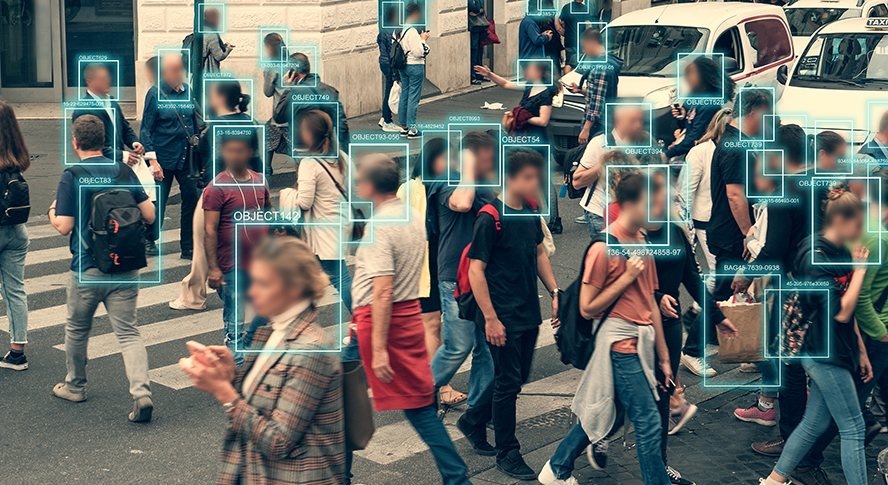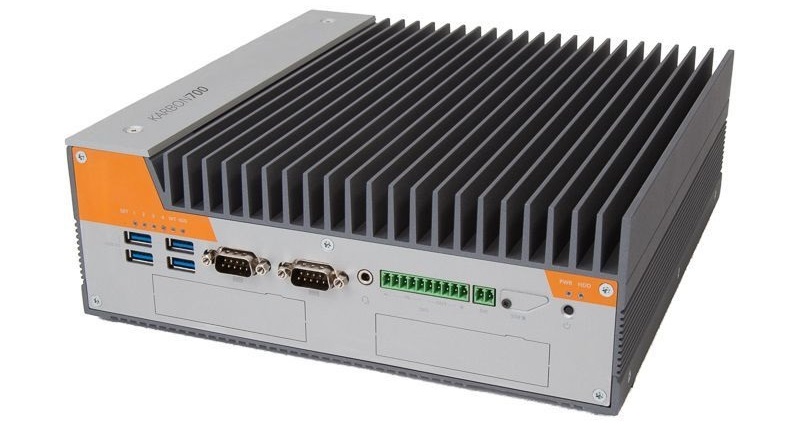Artificial Intelligence of Things: When AI and IoT Meet
AI (artificial intelligence) and IoT (internet of things) have been prominent fields in the tech industry for a long time. But what happens when these two fields converge?
What is AIoT?
AIoT, or the Artificial Intelligence of Things, is transforming the way that we interact with connected devices. But in order to fully understand AIoT and its applications, we first have to understand what artificial intelligence and the internet of things are.
In simple terms, AI is a field of study that focuses on the simulation of human intelligence in machines. Things like facial recognition systems, autonomous vehicles, and even predictive text on your smart device are all common examples of AI.
IoT refers to the collection of devices that communicate with each other via the internet. Common IoT hardware devices include wearable devices, smart home devices, and cloud-connected industrial sensors.
AIoT combines AI with IoT to make connected devices capable of processing and learning information. This, in turn, can help to predict future patterns or events that enable decisions on how to react.
AIoT applications: how is AIoT being used?
There are many applications that already take advantage of AIoT, but some of the most common subfields include vision, machine learning, and natural language processing.
Vision
Machine vision and computer vision applications within AIoT are often used for security, quality control, and industrial safety. AIoT vision works by defining parameters to the camera system so it can detect anomalies and act quickly. Take industrial safety, for example.
In an industrial setting, a machine needs to be able to identify safety risks and react quickly. If the system identifies a potential safety hazard, there isn’t enough time to send the data to an analytics center where the decision can be made; the decision to act needs to happen immediately.
With machine vision and computer vision, on-site cameras are able to identify potential safety risks using pattern recognition algorithms. If the cameras see an object that could present a safety risk (such as an object or person getting too close to machinery), the machines are automatically stopped. This process is referred to as, “inference at the edge”. With edge inference, machines are able to process real time data and make decisions in a fraction of the time it would take cloud computing to make that same decision. When it comes to safety, milliseconds matter.
Vision systems can also be optimized to detect personal protective equipment such as safety vests, hard hats, and safety goggles. If a person enters a hazardous area without the necessary safety gear, the system will carry out the task assigned (for example, locking a hazardous area entry door, stopping a machine, or sounding an alarm).
The OnLogic Karbon 803 pictured here provides the connectivity and processing power that modern vision applications demand.
Our machine vision computers are ideal for industrial computer vision applications.
Machine Learning
Machine Learning in artificial intelligence focuses on optimizing processes through the use of algorithms and data. The goal is for the system to be able to analyze patterns in the data and make inferences without explicit programming. One of the most common applications of machine learning is image recognition. By analyzing image data, image recognition solutions can be programmed to identify people, vehicles, or objects.
The seven steps of machine learning are:
- Gathering data
- Preparing the data
- Selecting a model
- Training the model
- Evaluating the model
- Parameter tuning
- Making predictions
Using these steps, machine learning enables systems to be able to recognize images in real-time based on data the system has been fed. Some common examples of image recognition that we can see in our everyday lives include:
- Image recognition for autonomous vehicles – at a moment’s notice, self-driving cars need to be able to stop in the case of a pedestrian crossing a road, an animal darting out in front of the vehicle, or at a red light/stop sign. With image recognition, autonomous vehicles are able to process these images in real time and act based on what the system is programmed to do. For example, some cars can warn you if you drift outside of the lane.
- Image recognition for pipe crack and leak detection – small cracks in a pipe can be invisible to the naked eye. However, even the smallest imperfection in a pipe can cause damage, costly downtime, and even injury. With machine monitoring using image recognition, defects can be identified and resolved quickly.
- Image recognition healthcare applications – image recognition in healthcare can be used for applications like identifying fractures, brain tumors, cardiovascular issues, and even certain types of cancer.
The Karbon 700 platform is one example of a system capable of providing the necessary customization options for machine learning projects.
Our Deep Learning Computers are ideal for complex machine learning applications.
NLP
NLP, or natural language processing, is a subfield of AI that works to process and understand spoken and written human language. There are two steps to processing language data; data preprocessing, and algorithm development.
NLP is used in a variety of applications including:
- Sentiment analysis – sentiment analysis can be used to analyze customer reviews and determine whether the feedback is positive or negative.
- Natural language generation – a common application of natural language generation (NLG) is customer support through the use of chatbots.
- Intent classification – analyzing customer interactions through intent classification can help to identify the customers that are potentially interested in buying a product.
- Machine translation – many online tools such as Google translate and Systran use machine translation to help translate text from language to another.
AIoT challenges and benefits
The convergence of AI and IoT brings many benefits to our daily lives, but there are some challenges of AIoT that can make it tricky to implement. Before committing to an AIoT solution, it’s important to understand the benefits, risks, and limitations of the technology.
Some of the main benefits AIoT can offer include:
- Improved physical safety in industrial environments
- Automated processes through machine learning
- Predictive maintenance
- Increased operational efficiency
- Improved risk management
One of the biggest potential risks surrounding the artificial intelligence of things is reliability. Take healthcare, for example. If you’re using image recognition to help detect abnormalities in the heart, you need to be certain that the system is reliable. Even the most sophisticated machine learning systems can make mistakes which can result in potentially lethal misdiagnoses. This is one reason why it’s important that a level of oversight is maintained when implementing AIoT solutions.
Another challenge in AIoT is bias. Through machine learning, computers are able to process data and make inferences on future events. However, because training models are often built by humans, biased information can be consciously, or unconsciously, fed into the system.
Looking at real-life examples of this, on March 23rd of 2016, Microsoft released an AI Twitter bot, Tay. Using natural language processing and machine learning, Tay was able to learn from users’ tweets and formulate tweets of its own. However, users began spamming Tay with hateful, often racist tweets that it began to learn from and imitate. After Tay’s abusive tweets started sparking outrage from Twitter users, Microsoft suspended the account.
OnLogic can help with your AIoT solution
With AIoT becoming more and more prominent in our daily lives, having the right hardware for your AIoT solution is important. For these types of applications, because of the processing and AI accelerator requirements, edge servers are a popular option, but every AIoT project is unique. If you have any questions about AIoT, or to find out more about how our hardware can help power your next AIoT solution, contact our team of experts today.
Get the Latest Tech Updates
Subscribe to our newsletters to get updates from OnLogic delivered straight to your inbox. News and insights from our team of experts are just a click away. Hit the button to head to our subscription page.
Share
More Articles
OnLogic Industrial Computers
Discover OnLogic's multitude of industrial computers that will help you to advance your IoT project
Learn more at OnLogic.com
OnLogic Industrial PCs: Designed to last. Built to order. Delivered in days. Visit our online store at OnLogic.com








